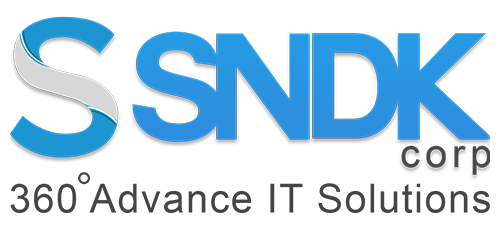Blog
Introduction to Cloud Computing
Cloud Computing is on-demand, scalable and economical delivery of every resource likes software, server, storage, software development platform and mobile application — over the internet on a pay-for-usage model basis.
With cloud computing, you don’t need to do big investments in physical infrastructure and spend a lot of time on the lifting of managing the same.
Types of Cloud Computing:
- Public Cloud:
Public clouds are owned and managed by cloud provider companies that offer immediate access of that public network to affordable computing resources.
- Private Cloud:
A private cloud is an infrastructure operated solely for a single organization, whether managed internally or by a third party and hosted either internally or externally.
- Hybrid Cloud:
A hybrid cloud uses a private cloud foundation combined with the strategic integration and use of public cloud services.
Types of Cloud Computing Services:
- PaaS (Platform as a Service):
Platforms as a Service (PaaS) remove the need to manage the physical infrastructure of hardware & operating systems and allow you to focus on the management of your applications.
- IaaS (Infrastructure as a Service):
Infrastructure as a Service (IaaS)contains the basic building blocks for cloud IT and provide access to networking features, computers (virtual or on dedicated hardware), and data storage space.
- SaaS (Software as a Services):
Software as a Service (SaaS) provides you with a completed product that is run and managed by the service provider. In most cases, people referring to Software as a Service are referring to end-user applications.
Popular Cloud Computing Services:
- Amazon AWS:
Amazon Web Services (AWS) is a secure cloud services platform, offering to compute power, database storage, content delivery and other functionality to help businesses scale and grow.
- Microsoft Azure:
Microsoft Azure, formerly known as Windows Azure, is Microsoft’s public cloud computing platform. It provides a range of cloud services, including those for compute, analytics, storage, and networking.
- Google Cloud Platform:
Google Cloud Platform is a suite of public cloud computing services offered by Google. The platform includes a range of hosted services for compute, storage and application development that run on hardware.
How do Cloud Computing works?
Cloud Computing has divided into 2 different layers. The layers are “Front end” and “Back end” layers.
The Front end consists of the devices and their network. Also the application essential to access the cloud computing system.
On the Back end of the cloud technology system, there are various computers, servers, and data storage systems that make a cloud. A cloud computing system that potentially includes any computer program, from data processing to video games. Generally, each application will have its own dedicated services.
Benefits of Cloud Computing:
There are several benefits of cloud computing like
- Cost efficiency:
With cloud technology, enterprises do not have to spend on facilities, hardware, licenses, and other operational costs.
- Scalability:
The other key benefit of cloud computing is its scalability. Your business can scale up or scale down operation and the resource storage needs of your business may require quick adjustment to suit such variations, allowing flexibility as the needs change.
- Security:
All business data and applications do not store on the physical storage system. Cloud technology having multiple back-up storage systems. Additionally, any business can avail of their data within minimum time compared to a physical data storage system. Mostly cloud technology having 95 to 99% uptime.
- Flexibility:
Cloud computing offers more flexibility to your employees in their work practices. If you need access to your files and data while you are off-site or at home, you can connect to your virtual office, quickly and easily whenever you need through any web-enable devices.
- Speed:
Cloud computing lets you deploy the service quickly in fewer clicks. This quick deployment lets you get the resources required for your system within fewer minutes.
- Back-up and restore data:
Once the data is stored in the Cloud, it is easier to get the back-up and recovery of that, which is quite a time taking process on-premise.
